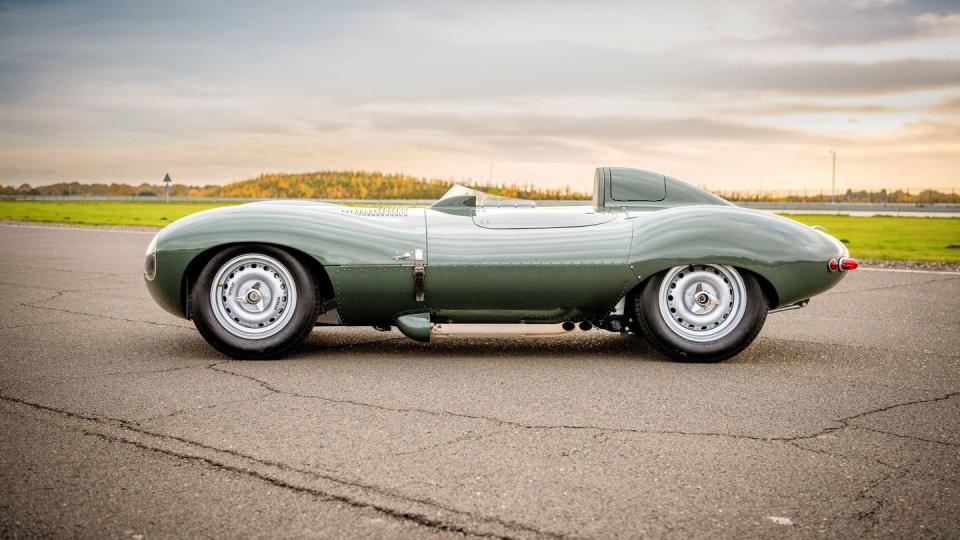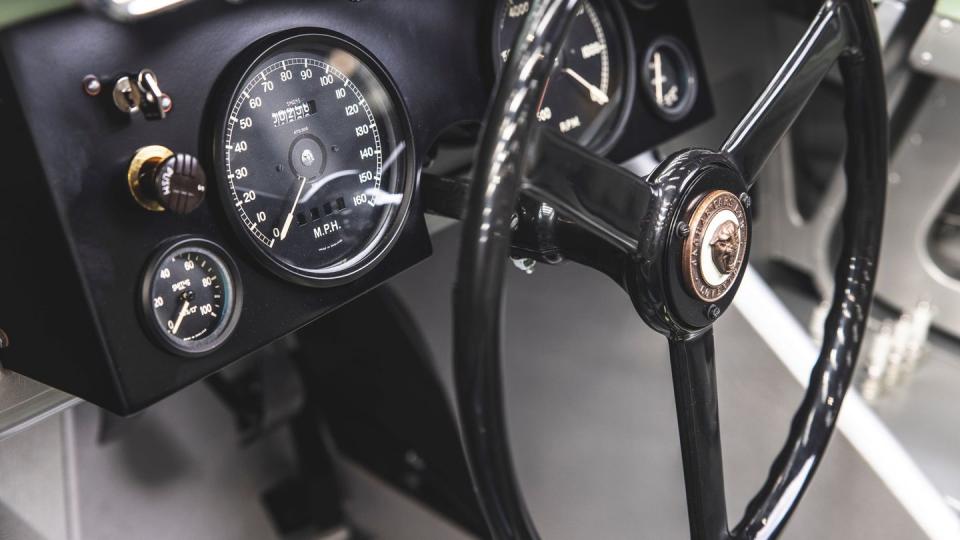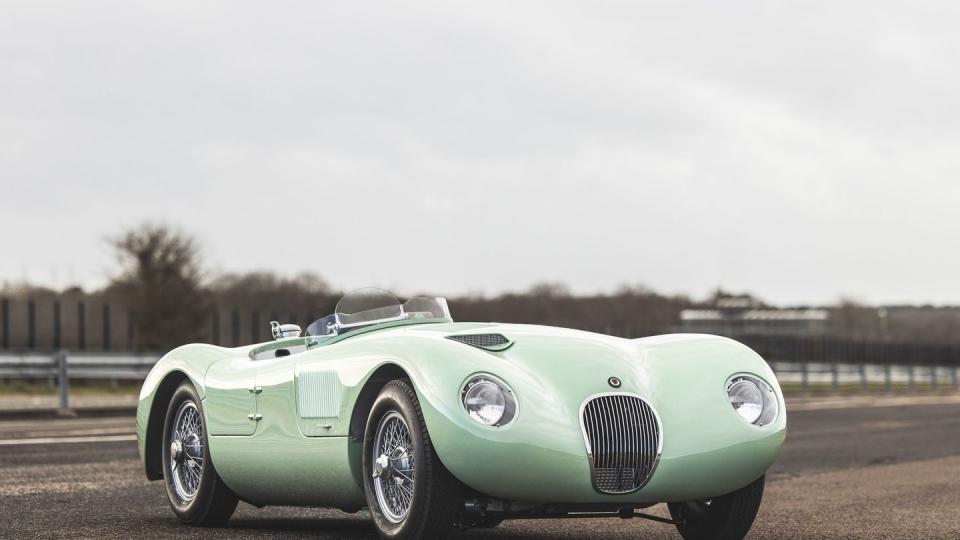Jaguar Classic Blends Old-School Craftsmanship with New Tech

Coventry wasn't spared during World War II. Far from it actually, as frequent air raids on the United Kingdom targeted hubs of industry, destroying the sizeable West Midlands city that served as a juncture for the automotive industry. But the British motor city was rebuilt and thrived well into the 1970s, ushering in a semi-modern era of English production.
However, the city of Coventry suffered another close-to-home loss nearly a decade after the war ended. As described in the Coventry Telegraph, a fire broke out in the Jaguar factory on the evening of February 12, 1957, destroying the structure and dozens of cars alongside it. Thankfully, no one was injured in the fire or putting it out.

Known as the Browns Lane Plant, Jaguar's facility had moved to Coventry only five years prior, as demand soared and labor abounded. Estimated losses were valued at $10 million by The New York Times, but production resumed a mere six days later thanks to the combined efforts of the plant's workers and locals.
What may read as a story of continued triumph for Jaguar was not without its losses, however. Despite a 100 unit-per-week production restarting less than a week later, nine of the 25 Jaguar XKSS chassis built were permanently lost to the fire, or so it was said back in 1957.
But a team of folks at Jaguar in the 21st century had an idea. What if those nine XKSS chassis weren't really burned and gone? And how can we further honor the heroic efforts of 1950s Jaguar employees for saving 16 of the infamous D-Type racers, to begin with?
The answer to these questions, as crazy as it may seem, was to build nine more all-new 1957 Jaguar XKSS. And that's exactly what Jaguar did, though the models were built under the eye of Jaguar Classic, a collector-focused wing of JLR.

Originally debuted in 2016 at the Los Angeles Auto Show, we recently learned how these continuation builds are going for Jaguar and what it takes for the team at Jaguar Classic to bring the past back to life. Spoiler alert: There is a lot of manual labor.
At its core, these replica models are built from the same wooden styling buck-shaped and hand-hammered aluminum, period-correct leather grain, and recast D-Type engine blocks and heads. But working with such old processes isn't exactly time-sensitive nor particularly intuitive, especially for a generation of mechanics raised with OBD-II.

No matter, say the folks at Jaguar Classic. That's because the company has digital scans of the original D-Type and C-Type chassis, allowing engineers to run the shape through CAD software for consistency's sake. But that doesn't mean the old-school techniques have fallen by the wayside.
That's because a number of Browns Lane Factory families remain employed at Jaguar, with the building skills passed down through the generations. Even the drag coefficient calculations date back to the 20th century.
"Three thousand hours go into complete hand building these using all of the old traditional English Wheel and hammer form techniques," explained Paul Barritt, Director of Jaguar Classic, in a recent interview at The Quail. "The only difference in the C-Type replica is that we took Malcolm Sayer's calculations and we put that into CAD."
Who is Malcolm Sayer, you ask? Only Jaguar's lead aerodynamicist back in the 1950s, helping design the C-Type, D-Type, and E-Type as well as the XJ13. His work was well revered then and remains so to this day. His unorthodox, mathematical approach to designing a sleek car made it easier to revive these replicas.

Notably, the C-Type Continuation model is the newer of the two, first appearing in 2021. Built-in memorial of the C-Type's 1953 Le Mans win, the C-type Continuations are the first Jaguar Classic vehicles to be reproduced fully using 3D CAD, with final assembly happening at current JLR facilities in the UK.
So who ends up buying these? Barritt said these customers are typically Jaguar super fans. That may well be a humble understatement, as each model sells for anywhere from $1.4 million at the very low end to $9 million on the high end.

That's a lot of money for a replica. But it's a miracle alone that these cars exist, from a piece of six-decade-old history, and that they can be driven regularly.
The only knock we have against the Continuation cars is that they're not really road-legal.
Because these chassis are technically old bodywork with a new VIN, there isn't a way to road register the models in the US or UK without going through the commercial rigamarole of crash testing, pedestrian safety standardizing, and so on.
Even so, a large majority of these models do end up on track, according to Barritt. With tire support from Dunlop and a set of eager collectors, that sounds like just the right place for some resurrected Jaguars to stretch their legs.
Should replica models like these Jaguar Classic Continuation cars be allowed to race in the historic series? Why or why not? Please share your thoughts below.

 Yahoo Autos
Yahoo Autos 